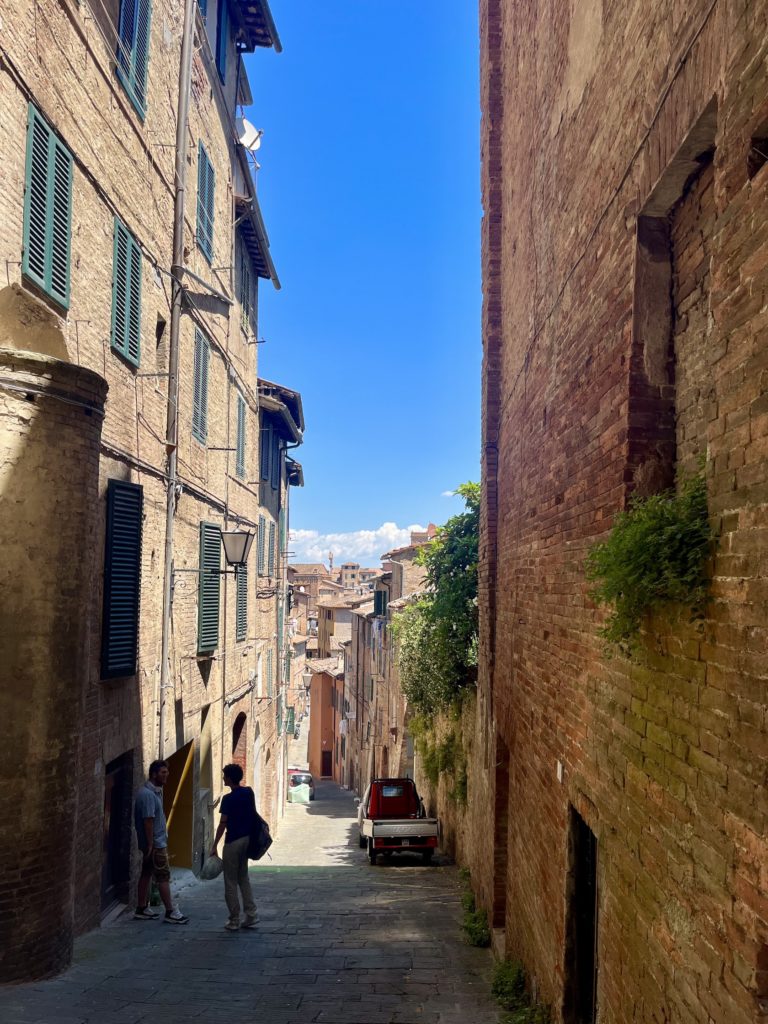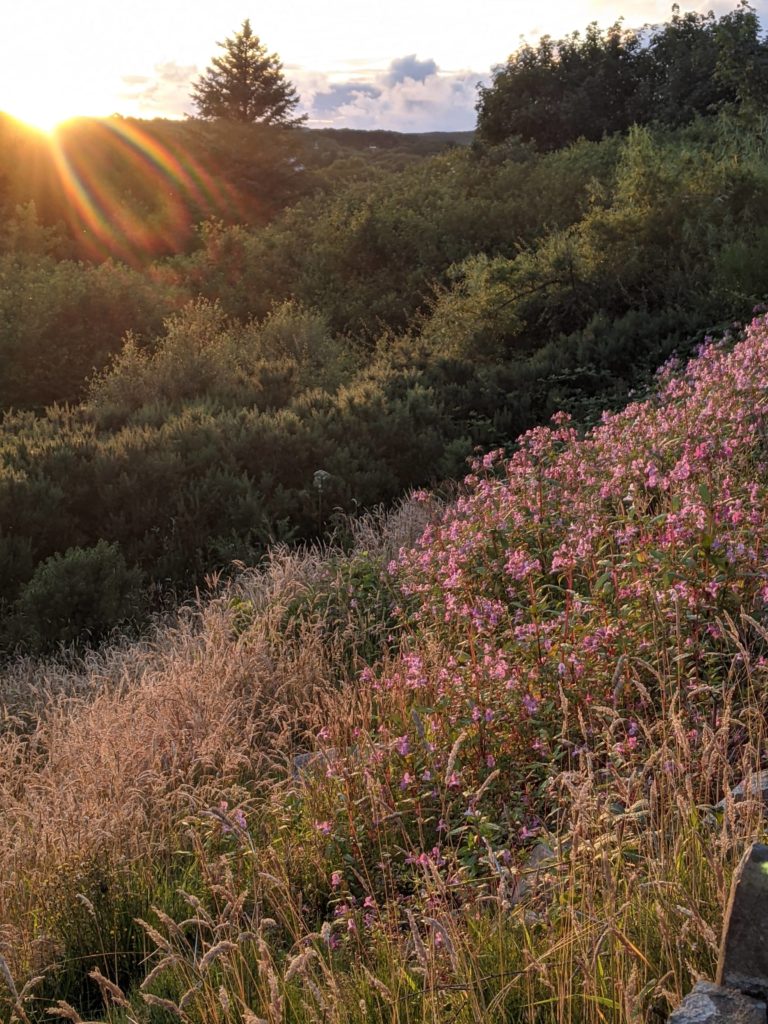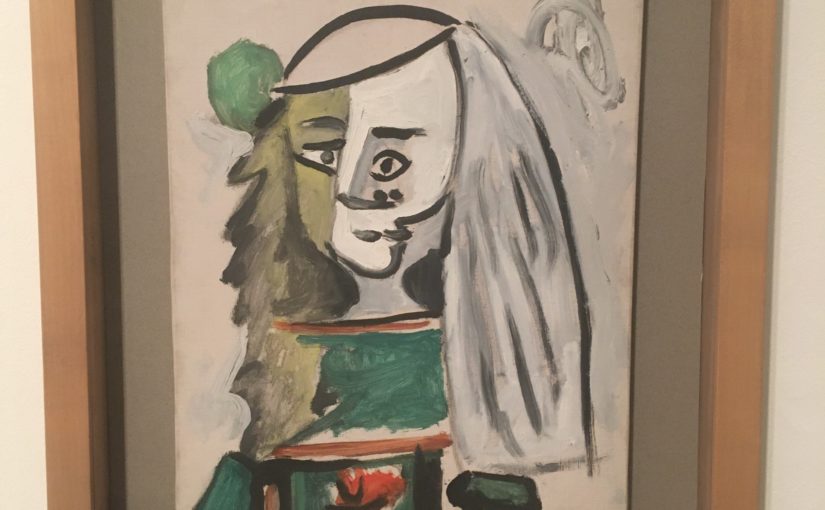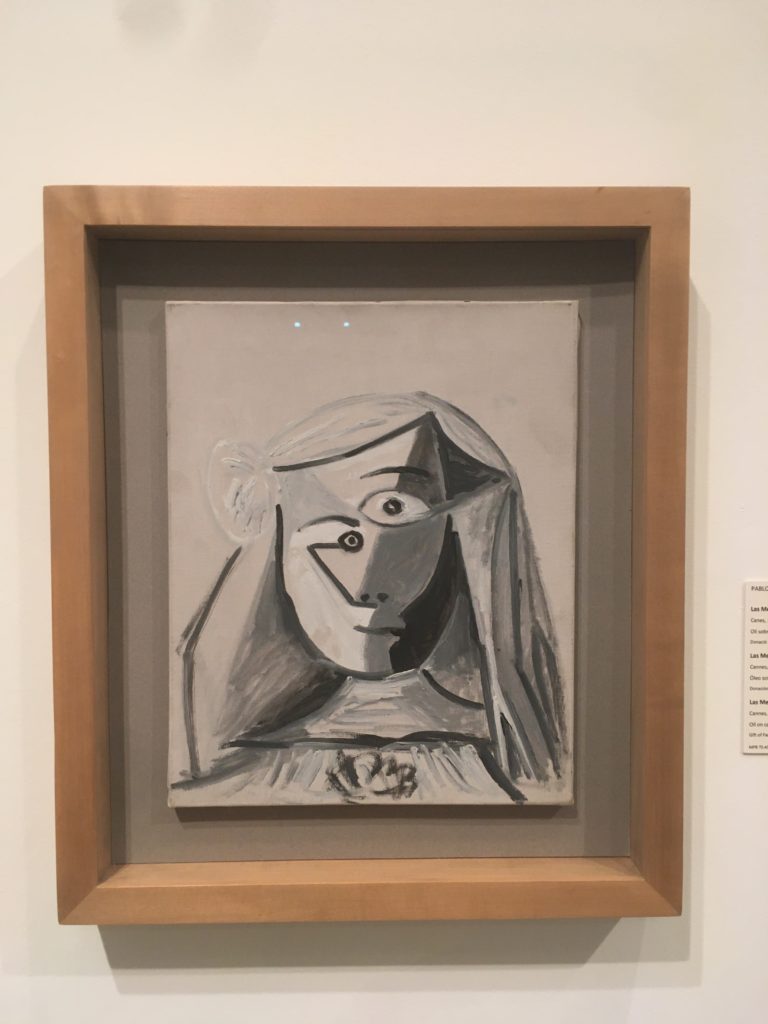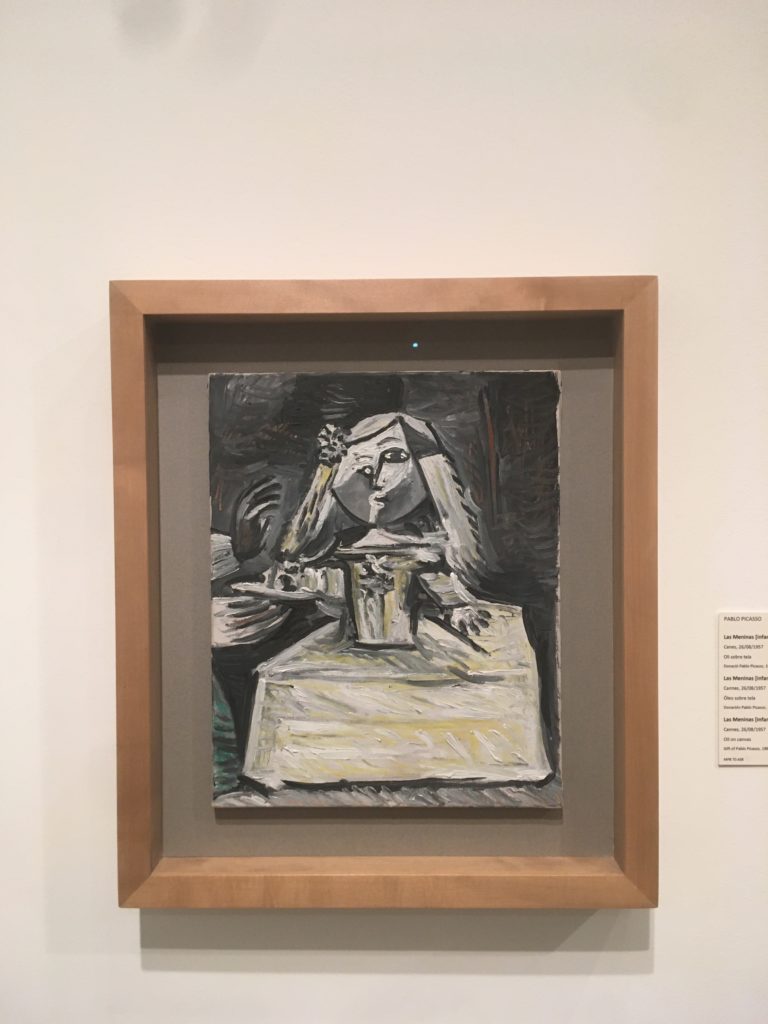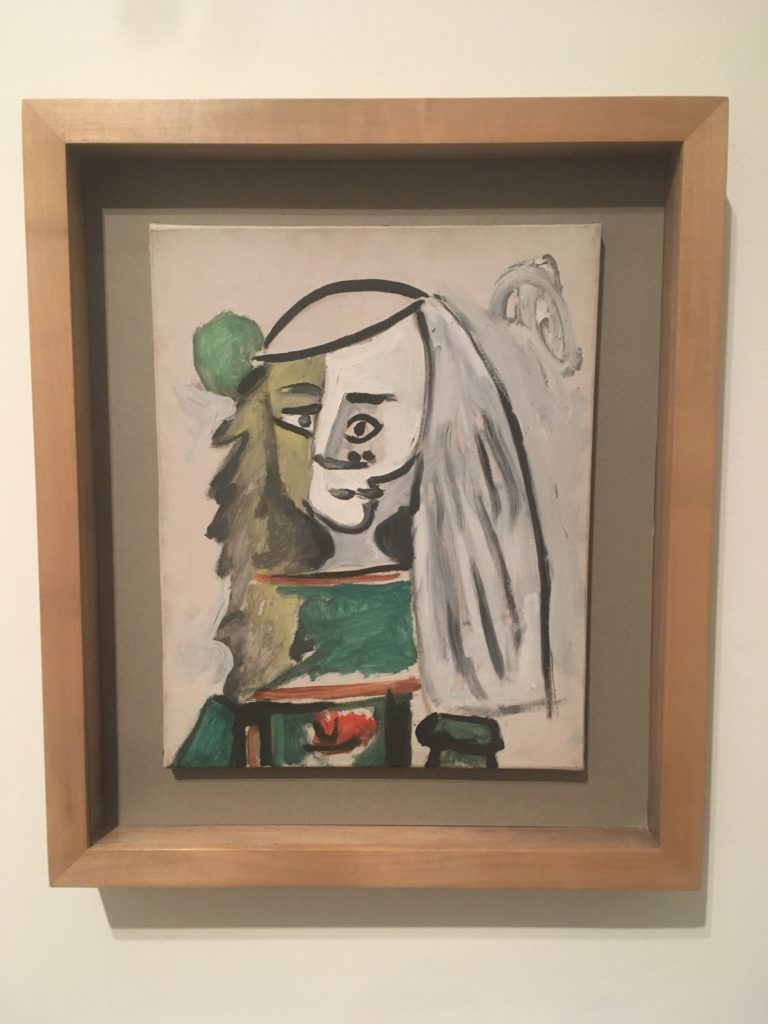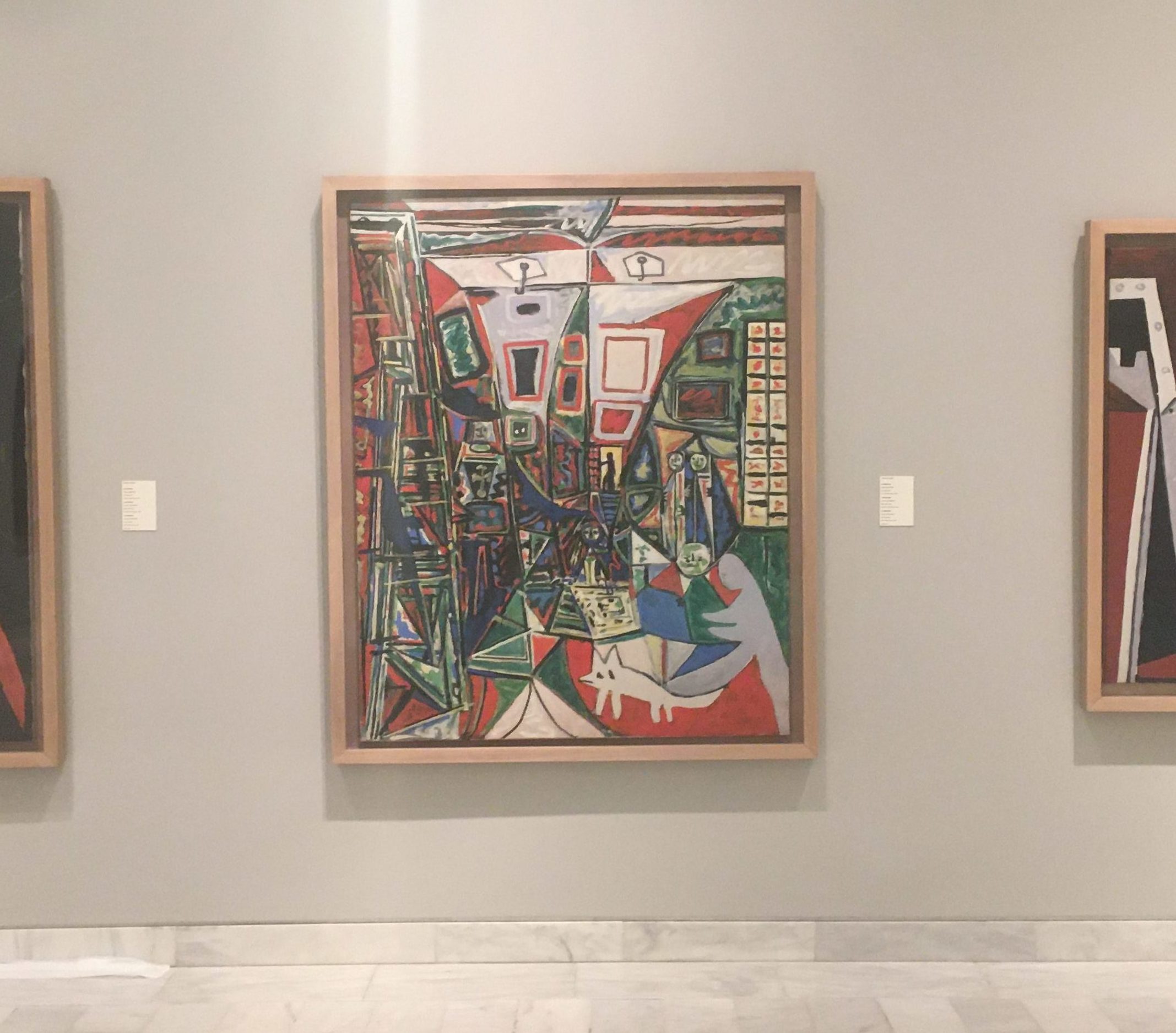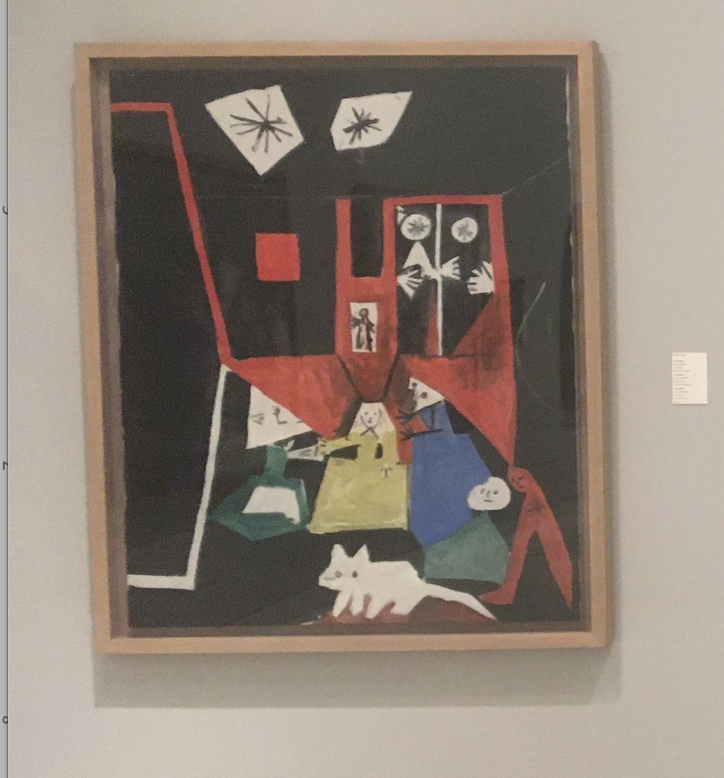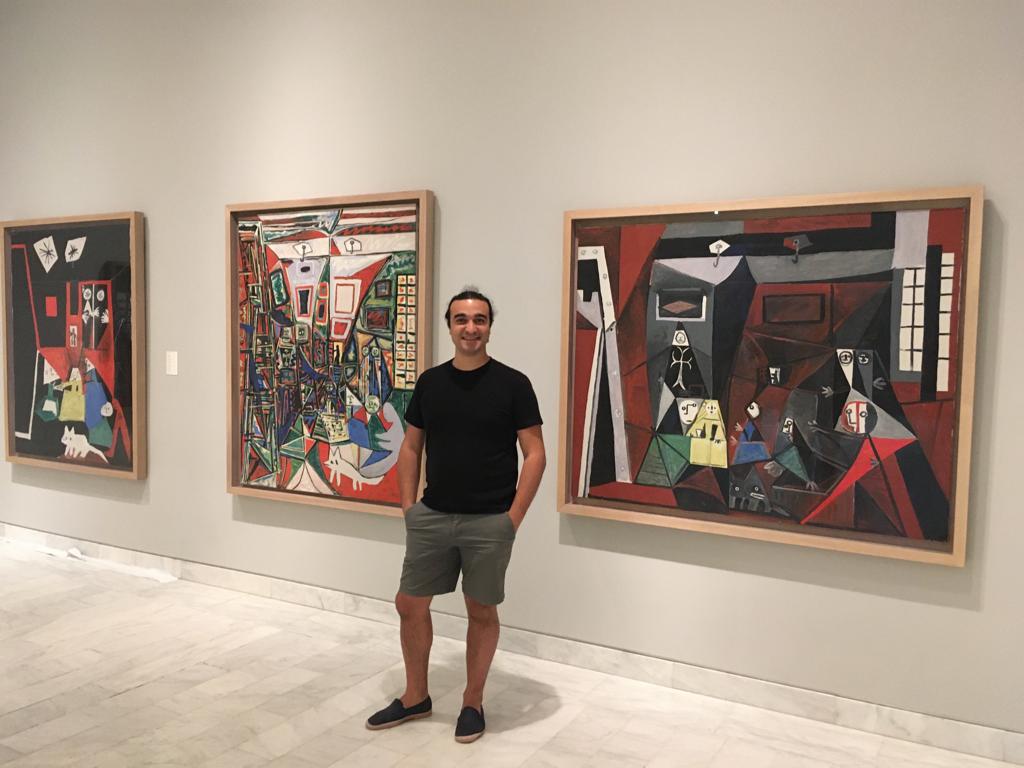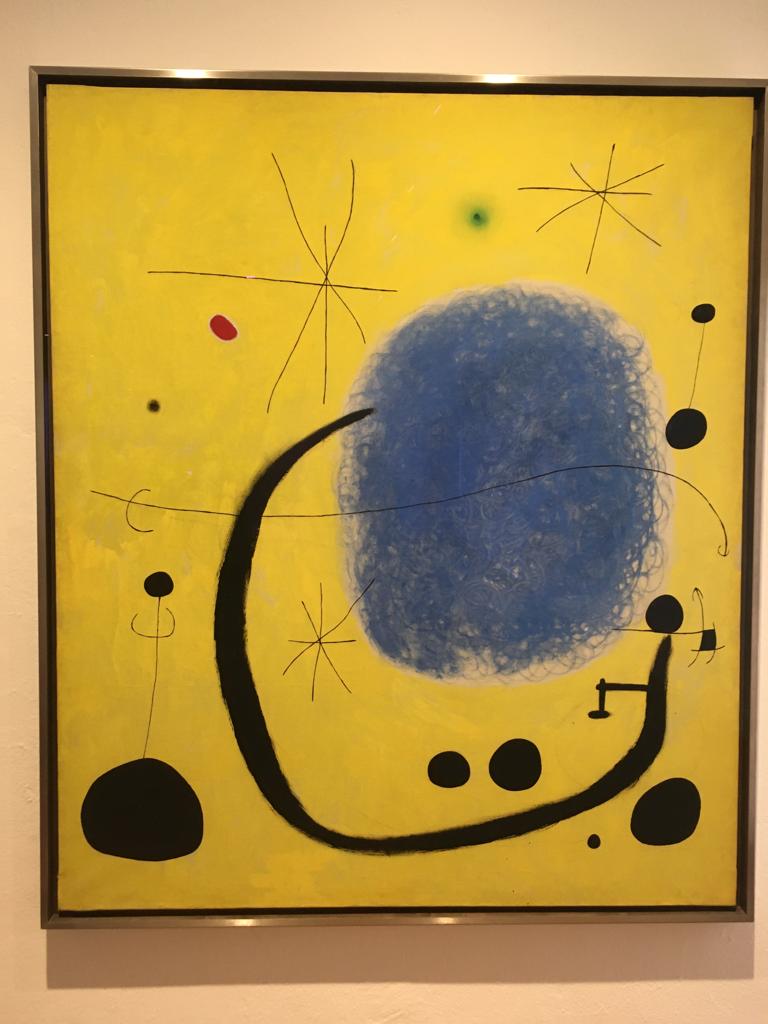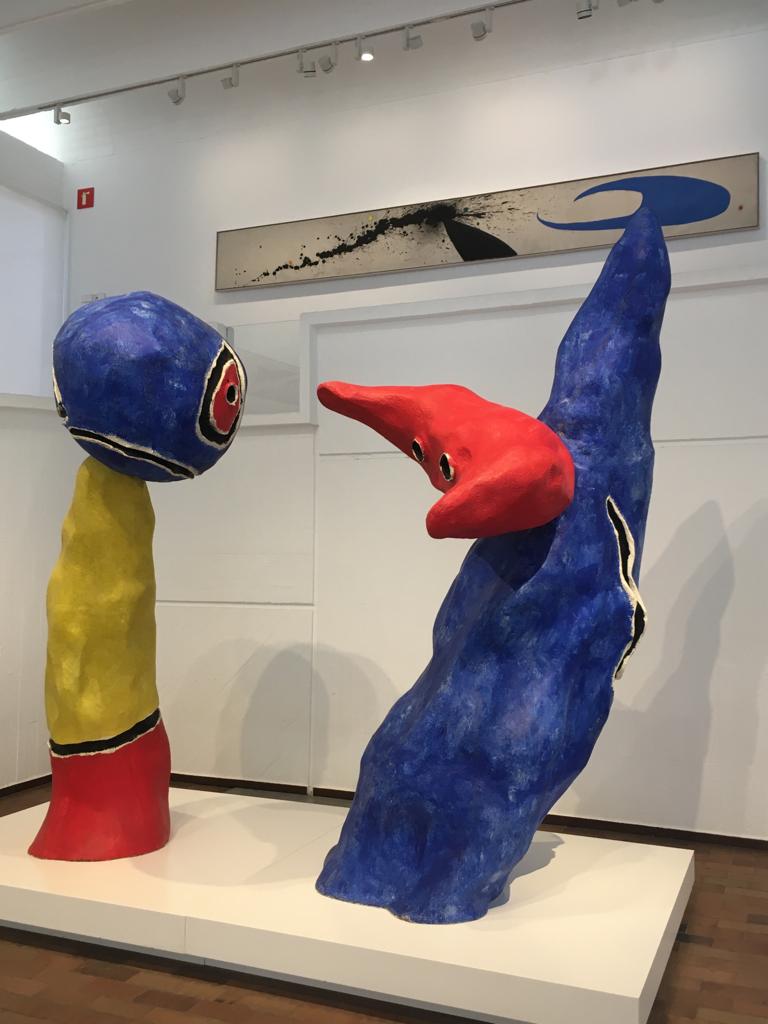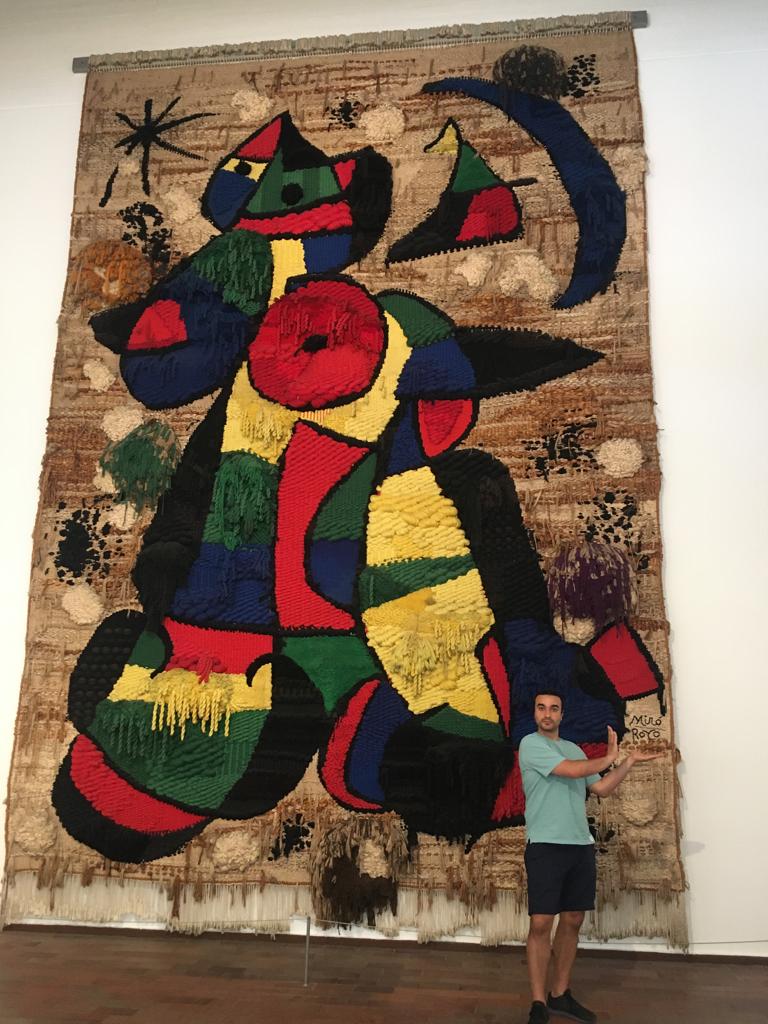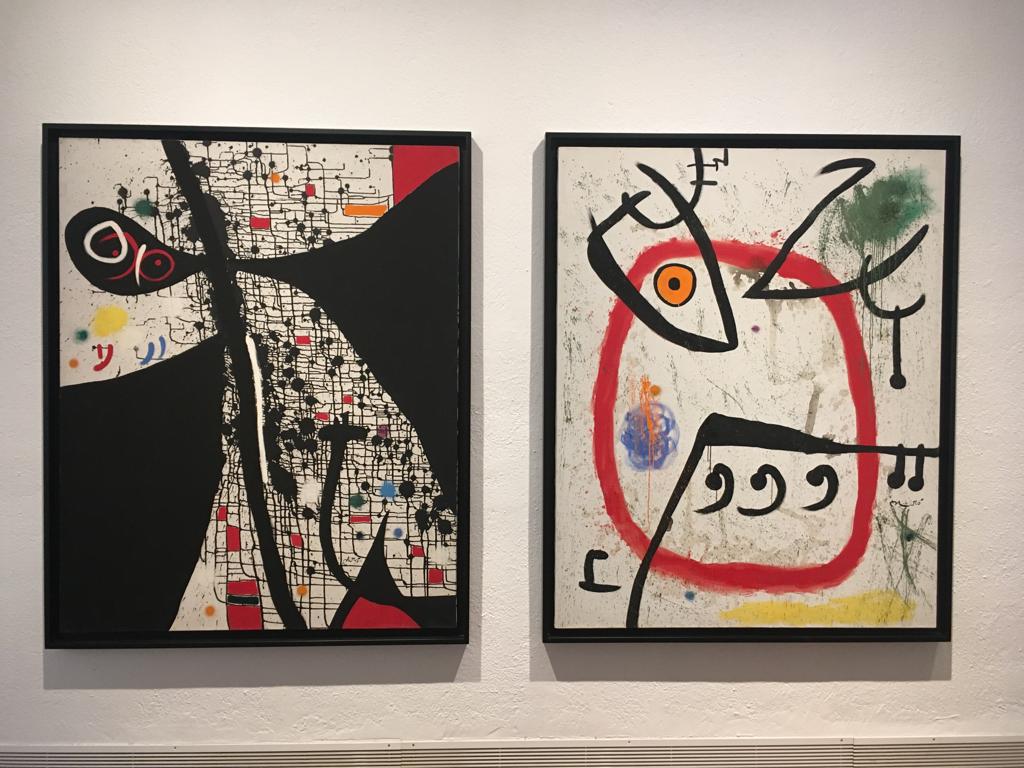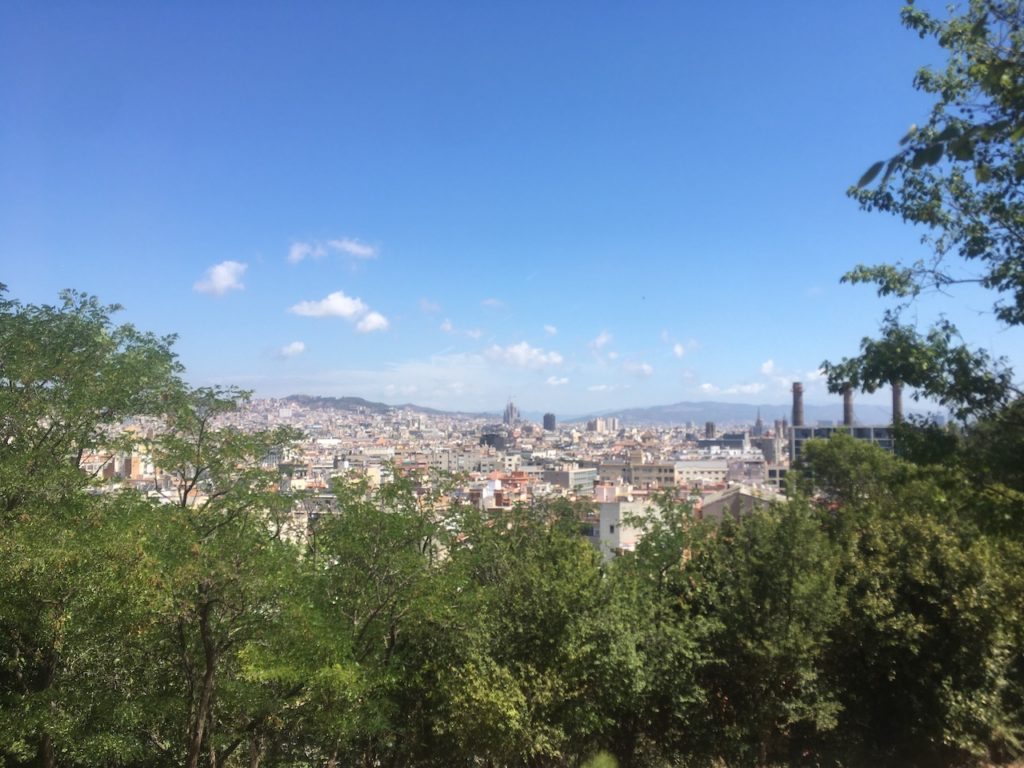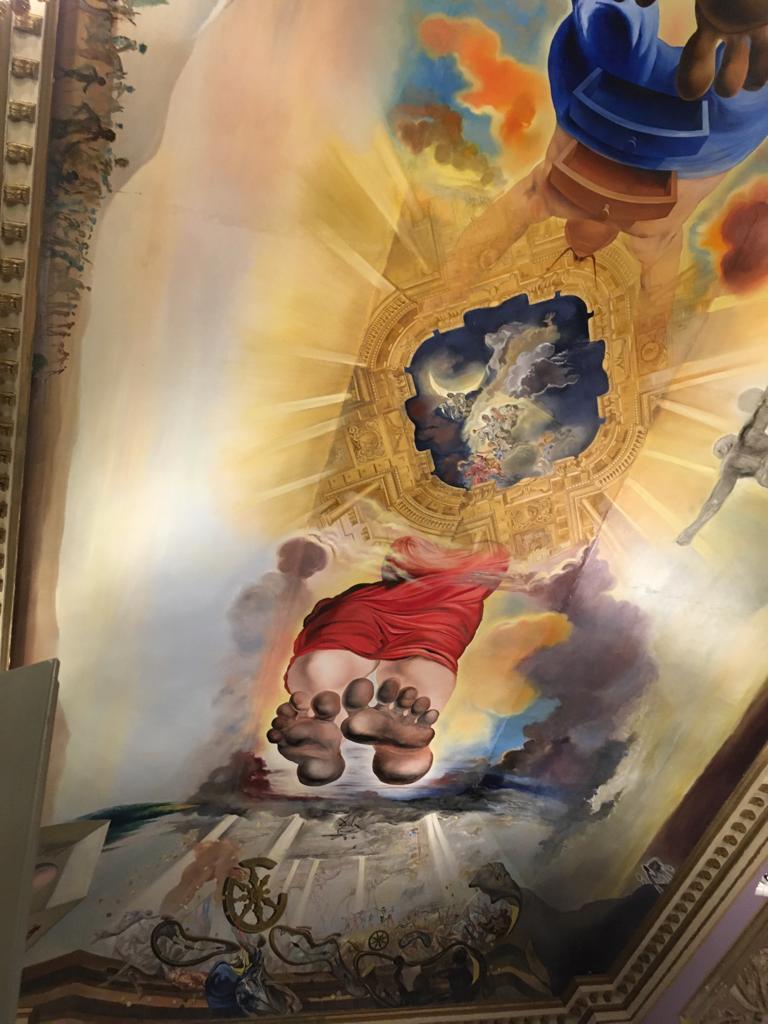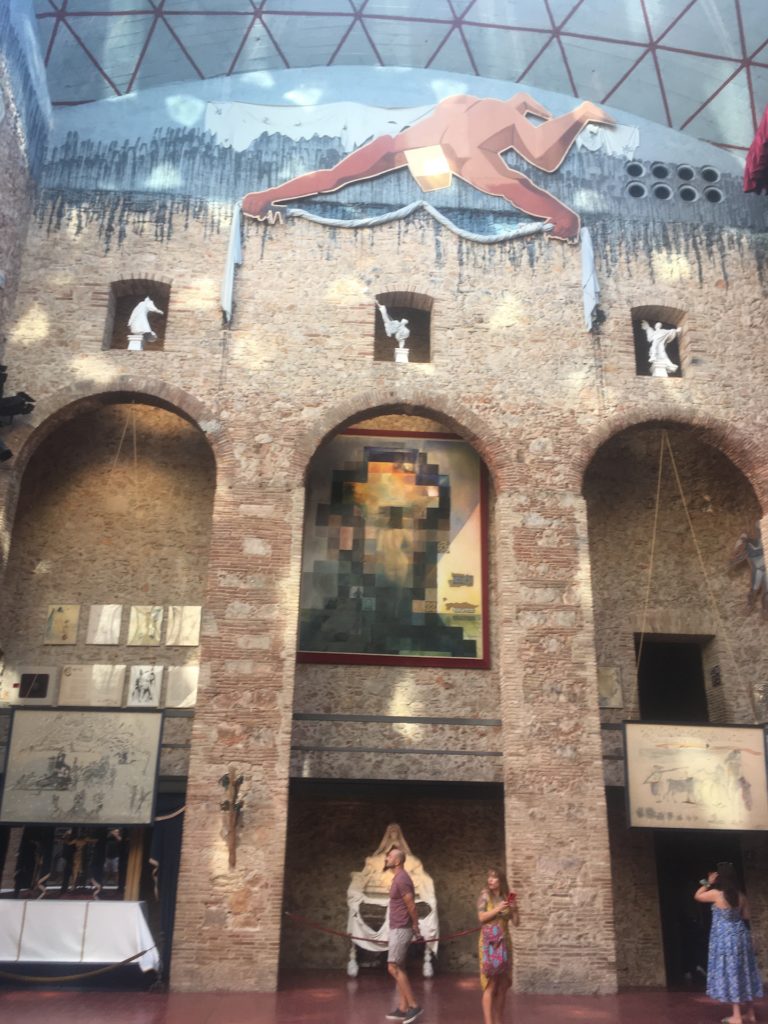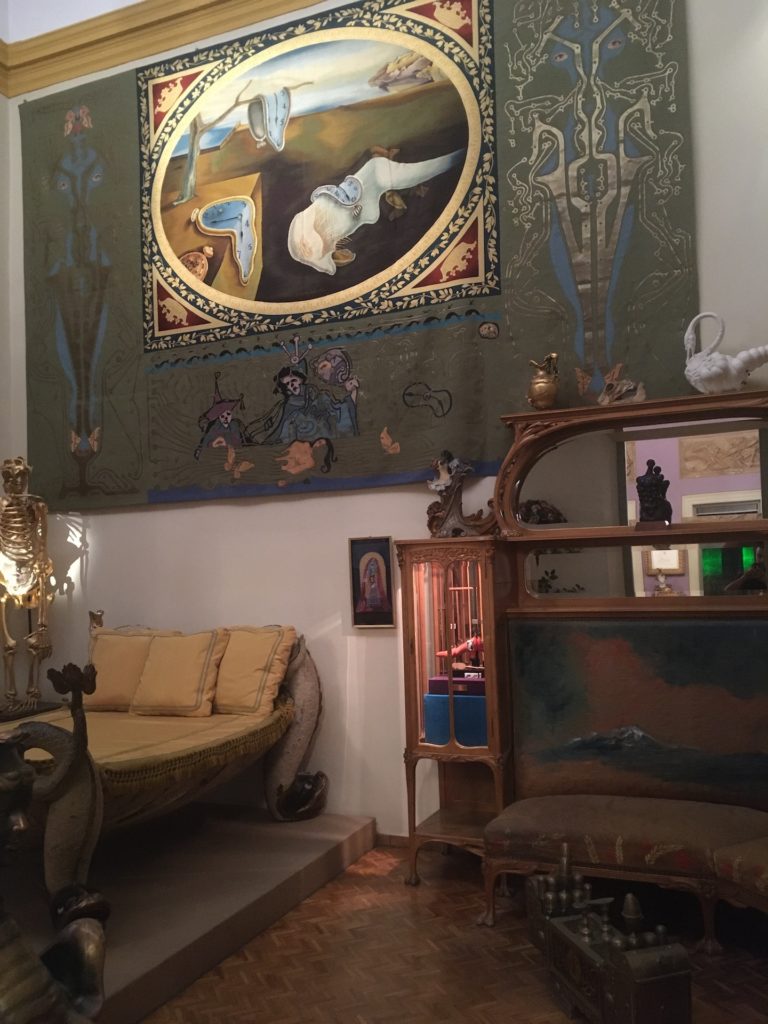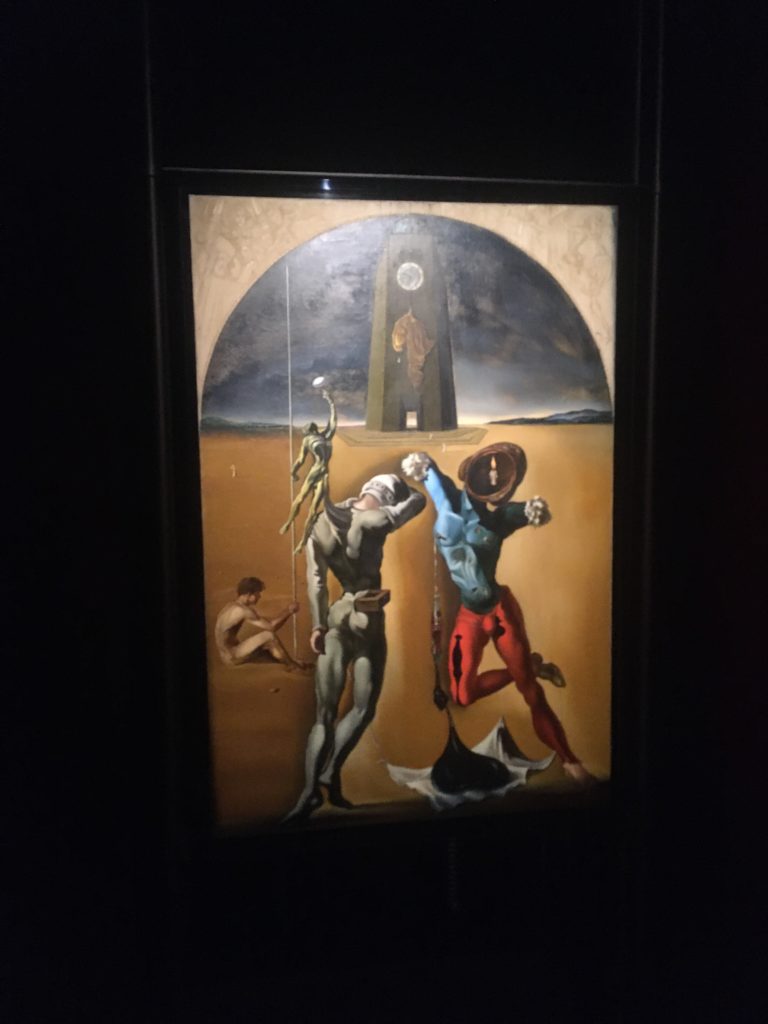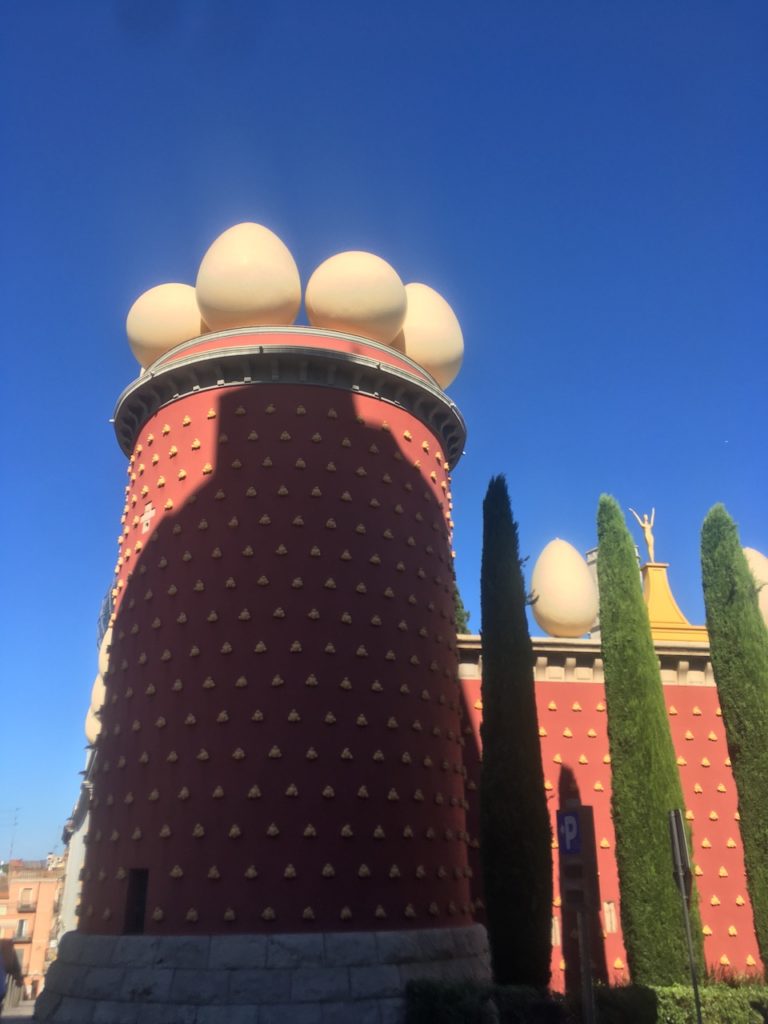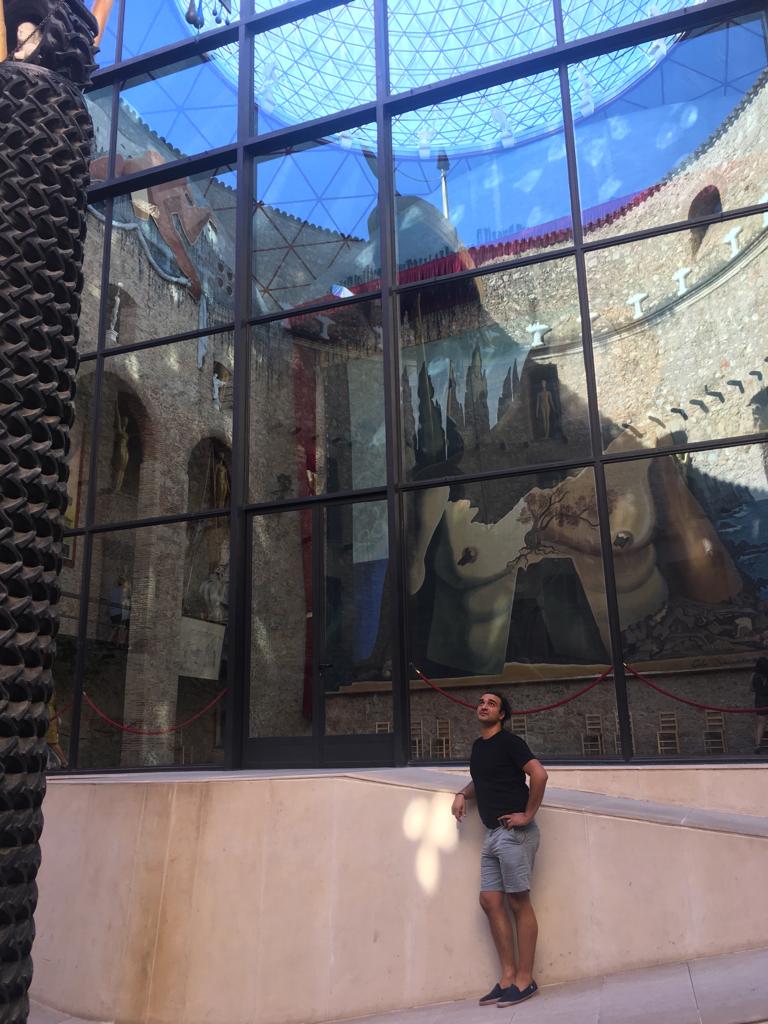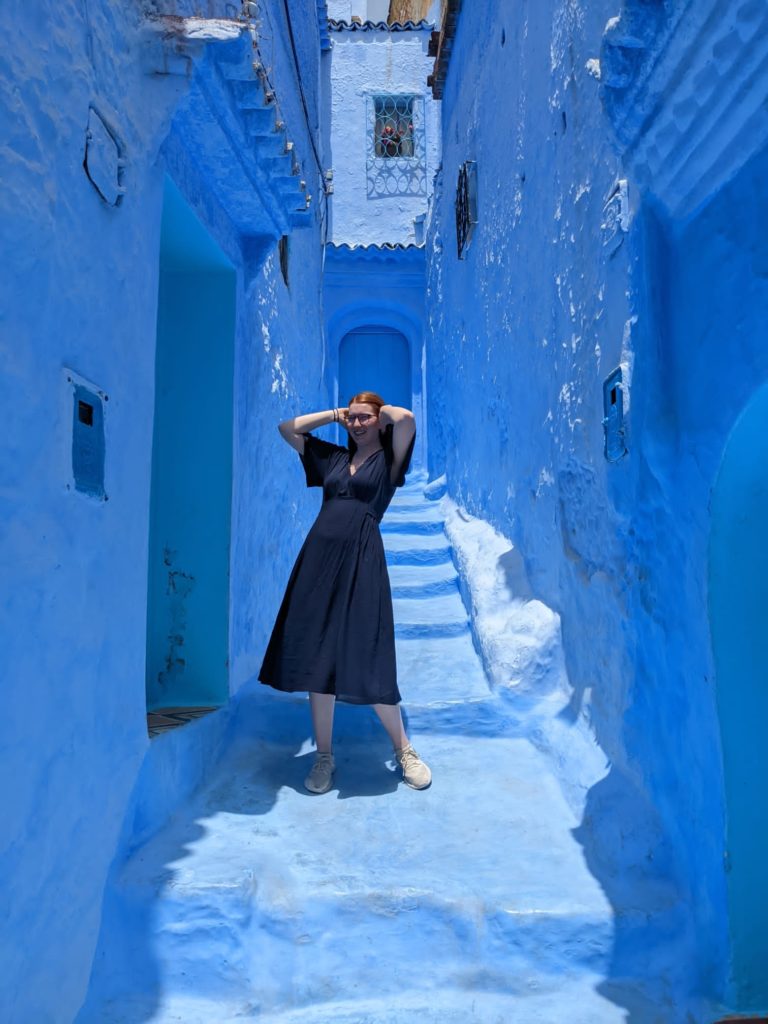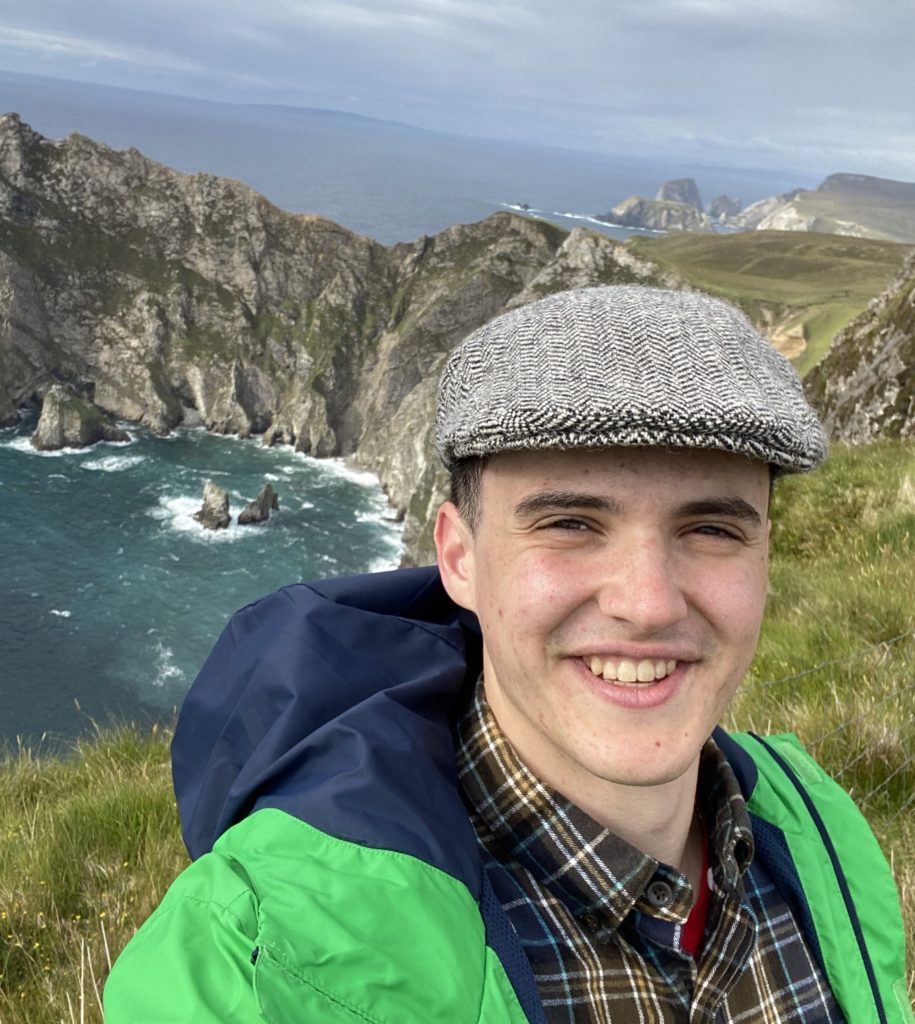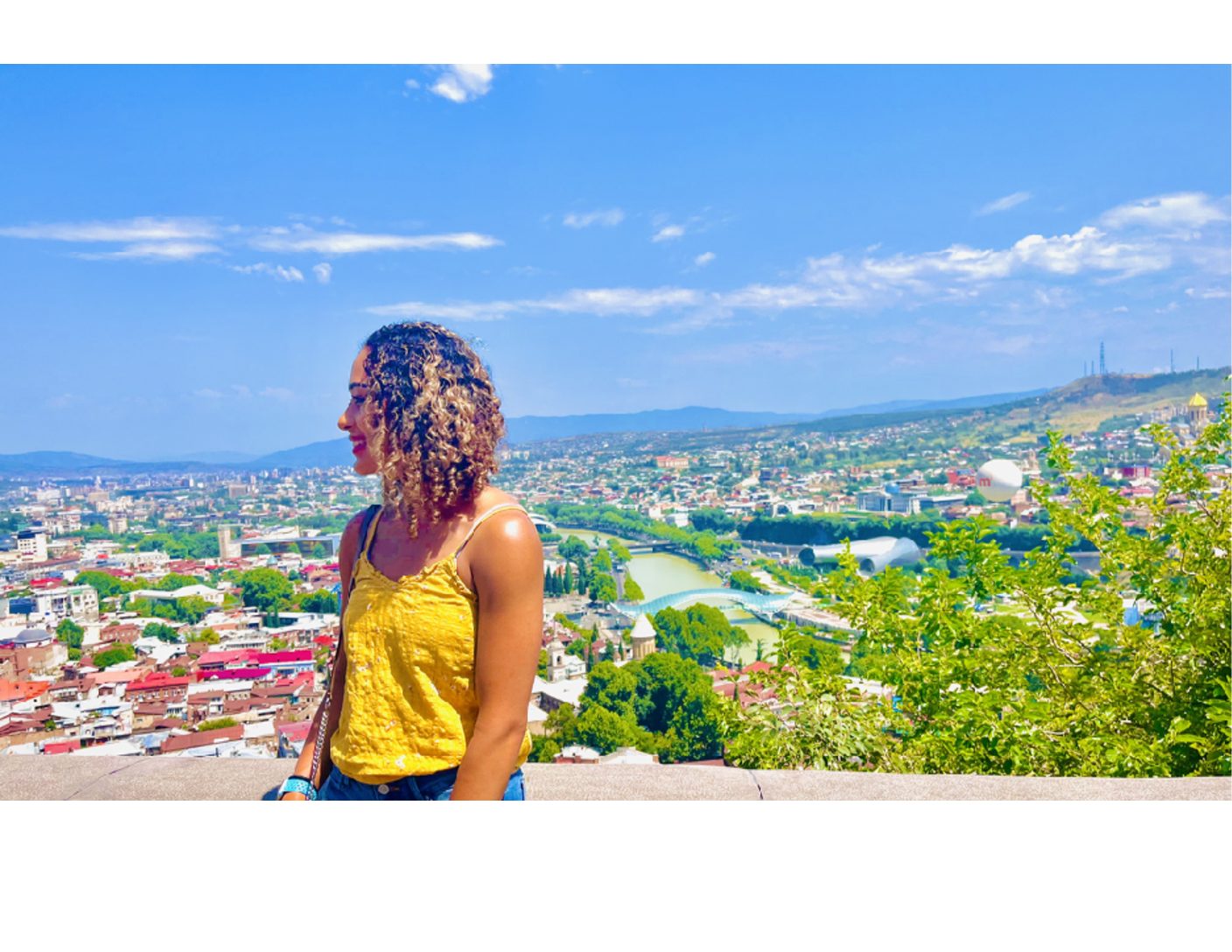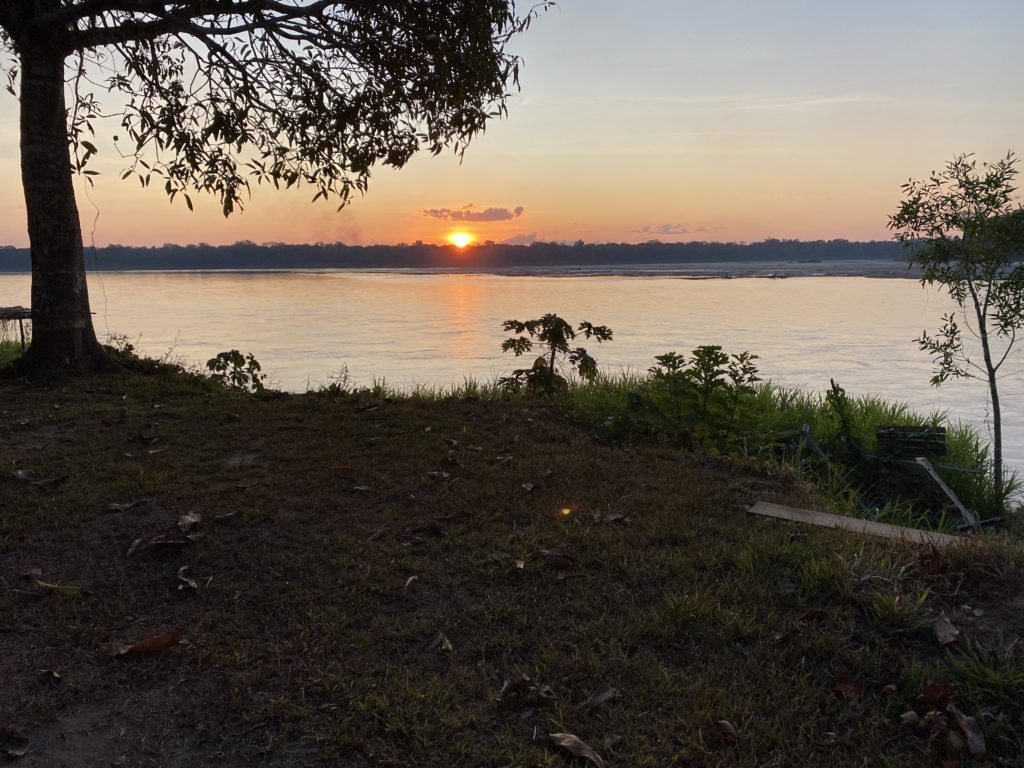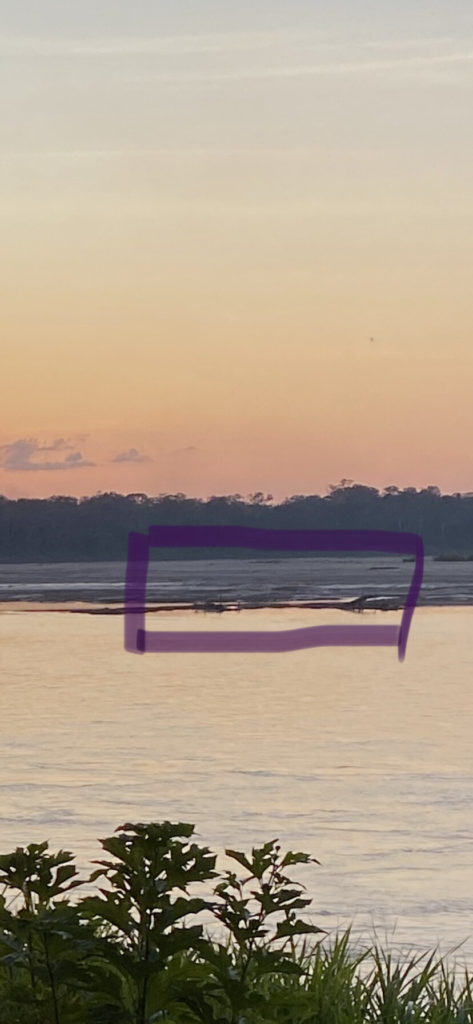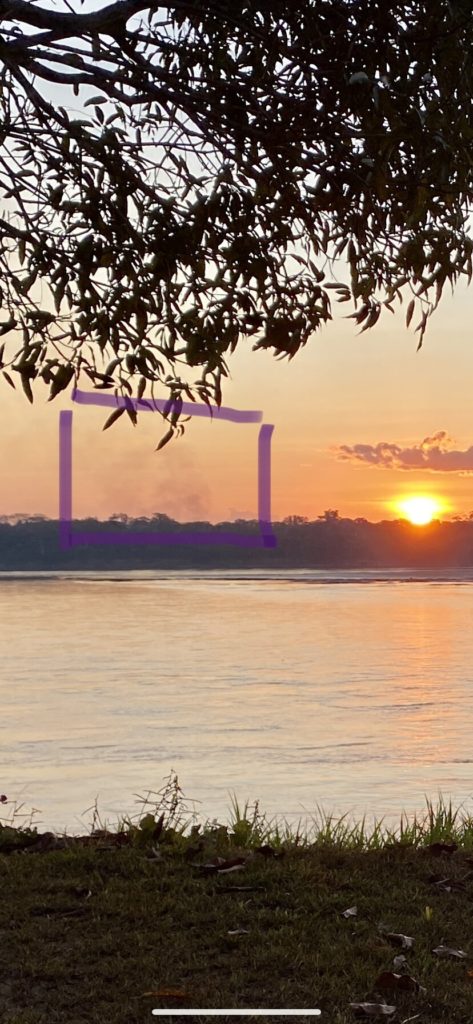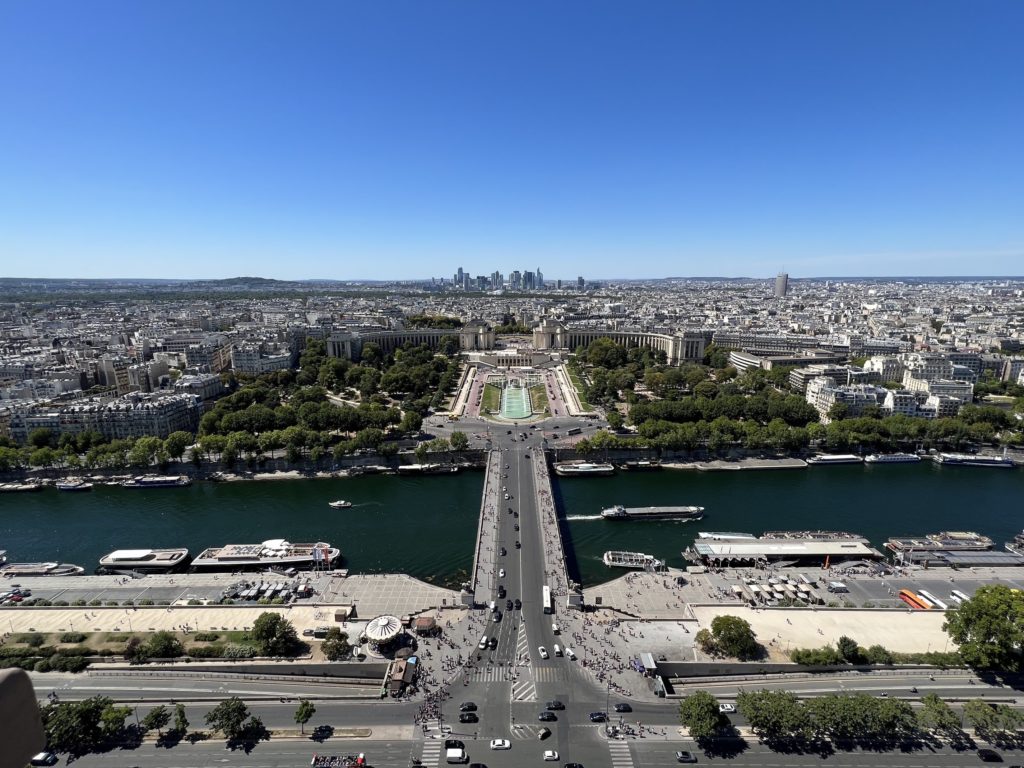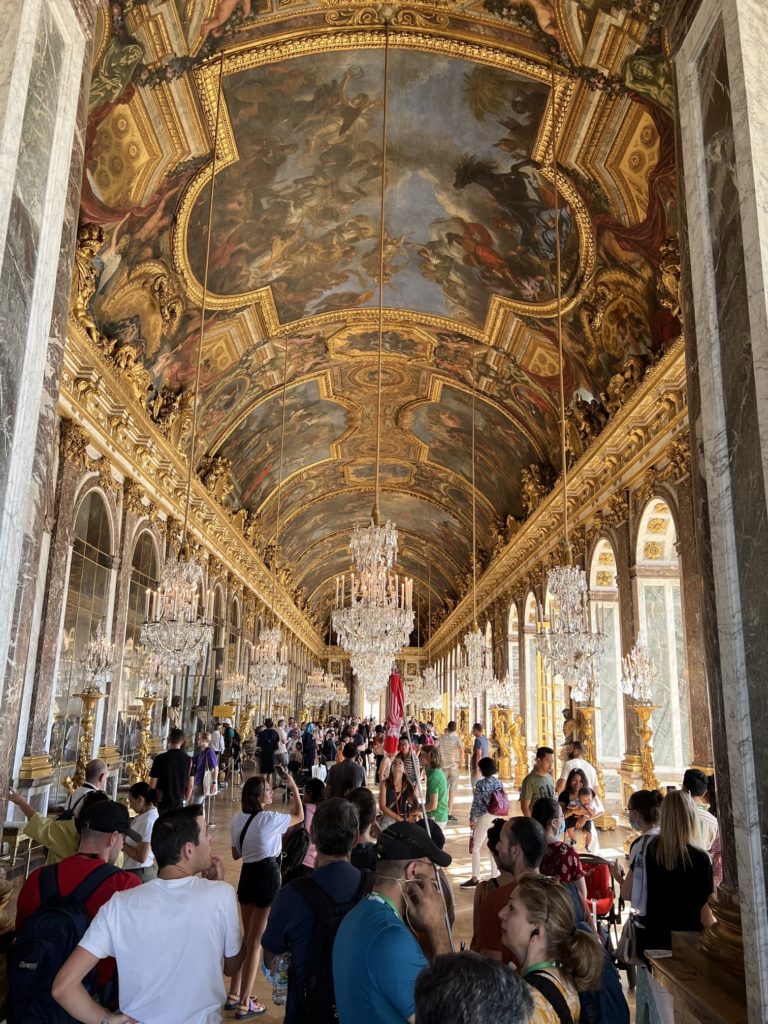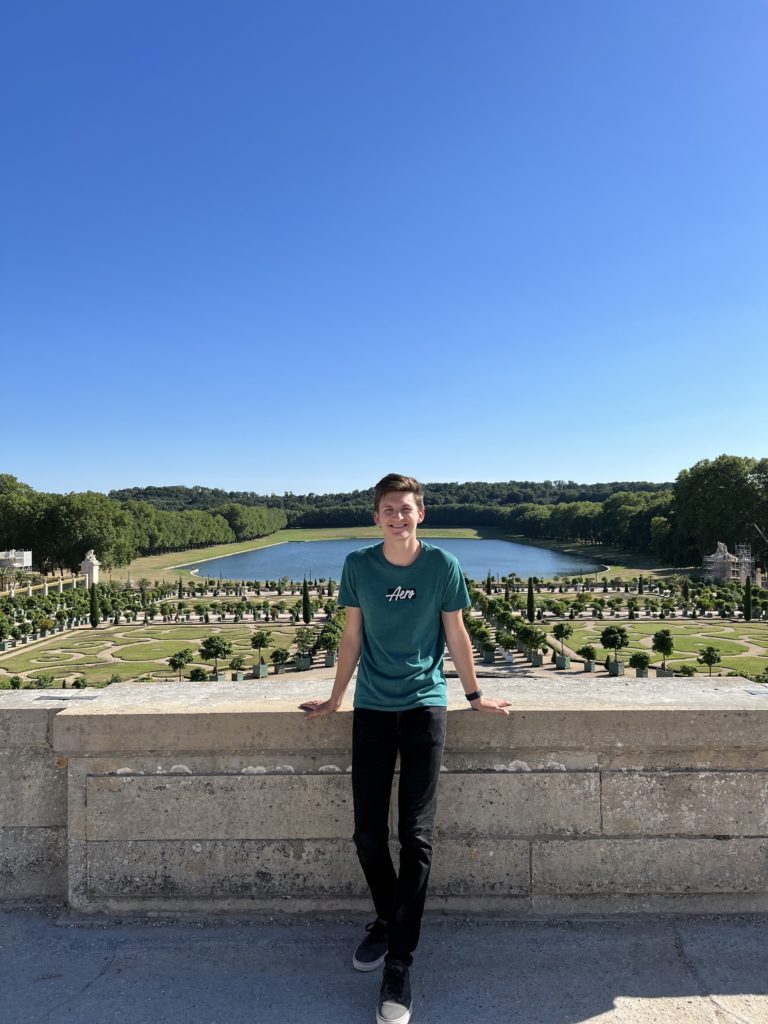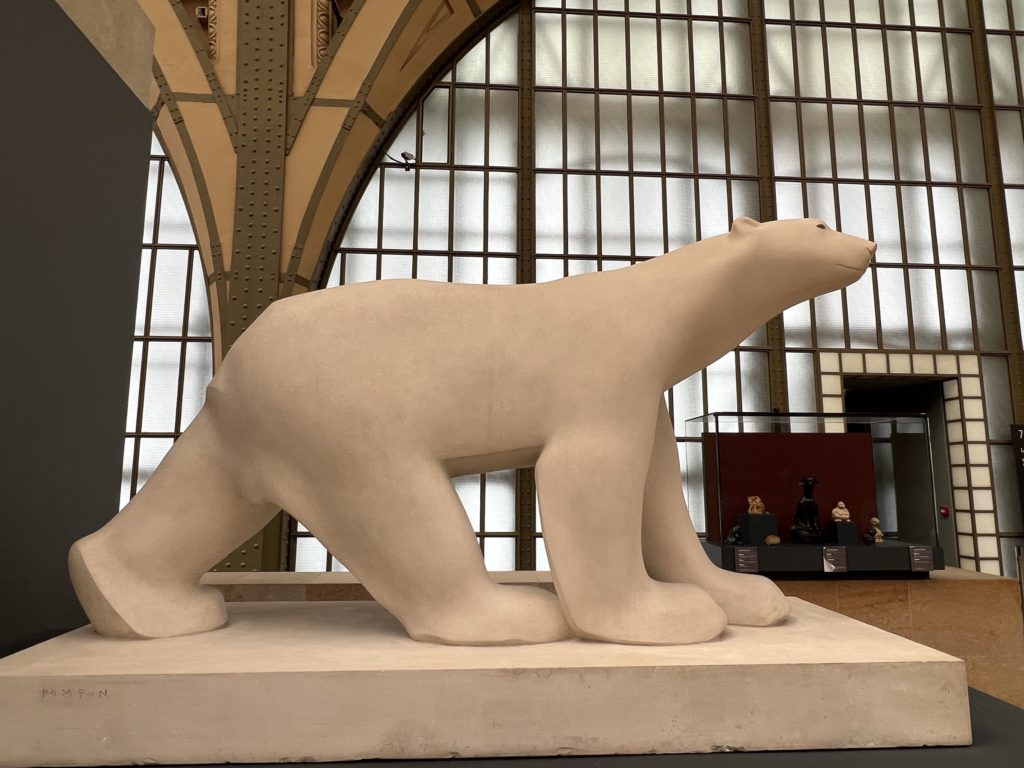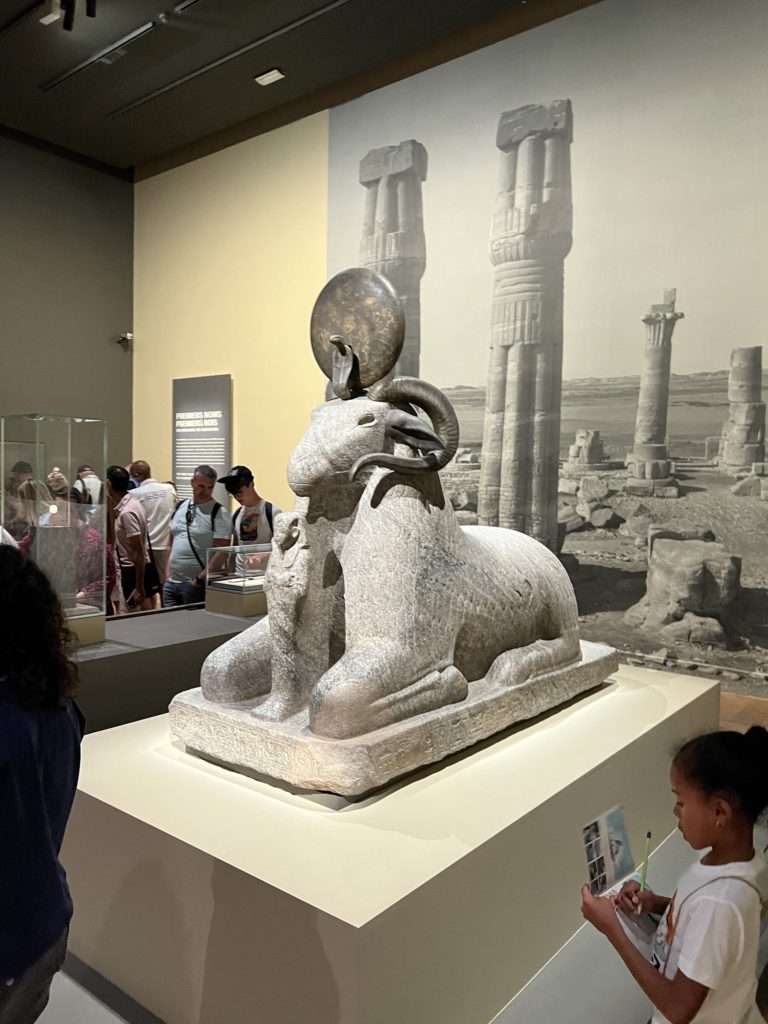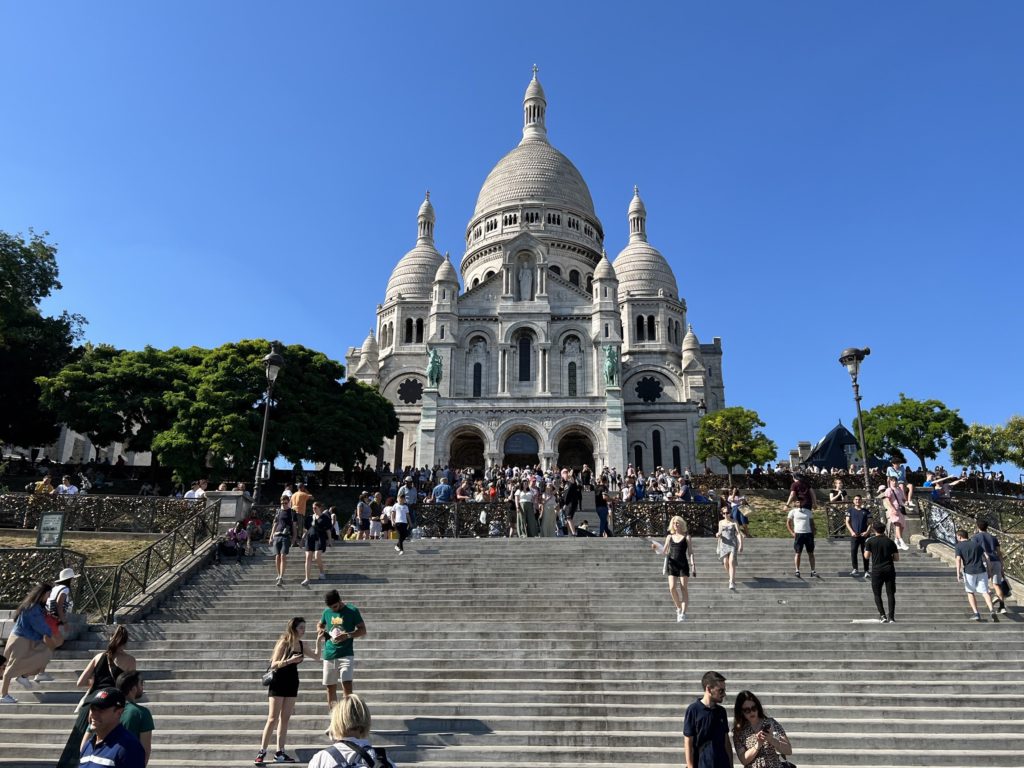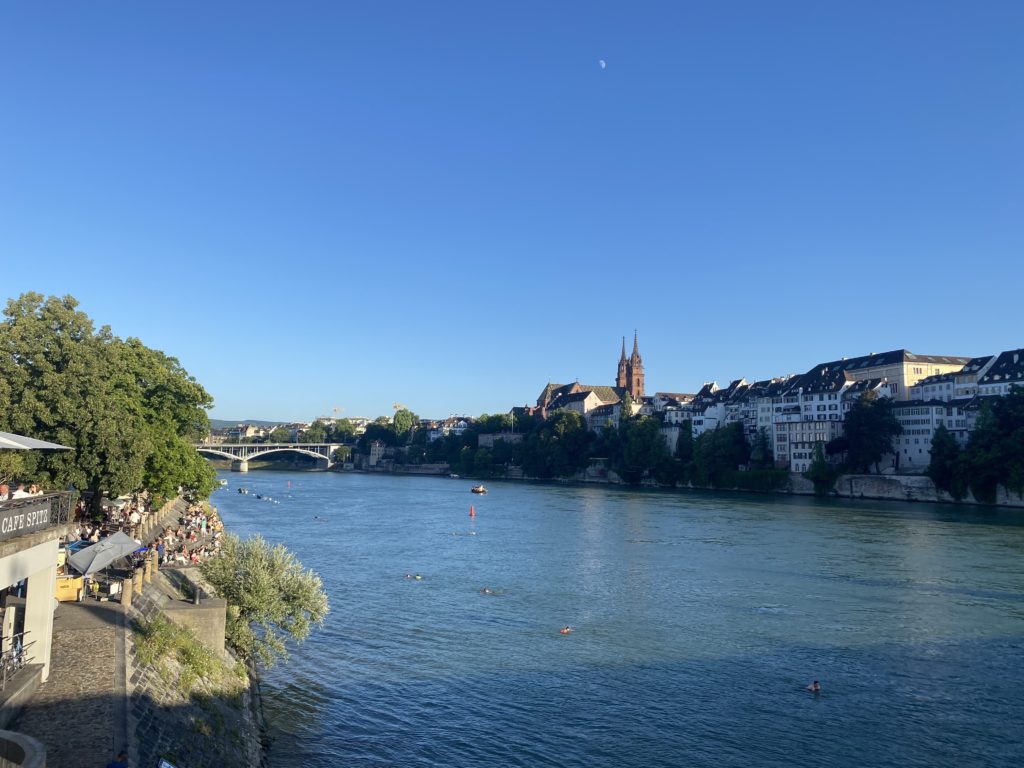I am now two weeks into my study abroad program in Siena and I am truly loving it here. I really enjoy my classes, meeting new people, and exploring this culture. In my first week of class, I met two Swiss people who are my age. I hung out with them outside of class and went to one of their beach houses on the Italian coast over the weekend. This was so fun and one of the best ways to see the Tuscan countryside. We drove through the rolling hills and listened to different Swiss, American, and Italian songs on the way. We went to a public beach and it felt like we were the only tourists there. We were surrounded by Italian families and friend groups as we took naps on the beach and swam in the ocean. I enjoyed observing how relaxed everyone was and how they chose to spend their free time.
Since being here, I have noticed some differences in the cultural behavior of the people I have met. The difference I have most appreciated is that many Italians seem to care less about punctuality. After being a couple minutes late to class a few times, I realized that my teacher never seemed to mind my tardiness. We ended up having a class discussion about punctuality across the world. I learned that in Italian and Spanish cultures, it is less important to always be strictly on time, whereas in the United States and Switzerland, punctuality is very important. I have found that I really enjoy this change in how time is viewed. I have a hard time keeping track of time and I often find myself running late. After having this class discussion, it was refreshing to do the one mile walk to school everyday, knowing that if I were to be a bit late, I would not get in trouble. Because of this, I spend my time on my morning walk to school really appreciating the scenery around me. I have watched the people I walk by and have noticed that they are generally in less of a rush to get to their destination as well. It is a stark contrast from my walk to class at Notre Dame, where I am normally speed walking as fast I can to get to class on time, not really picking up on anything.
Another cultural difference I have noticed is the different slang that is used. One difference between Siena and the rest of Italy is that in Siena, the children say Babbo instead of Papa when they are addressing their fathers. I do not ever see myself using this slang as I will always just call my father Dad.

